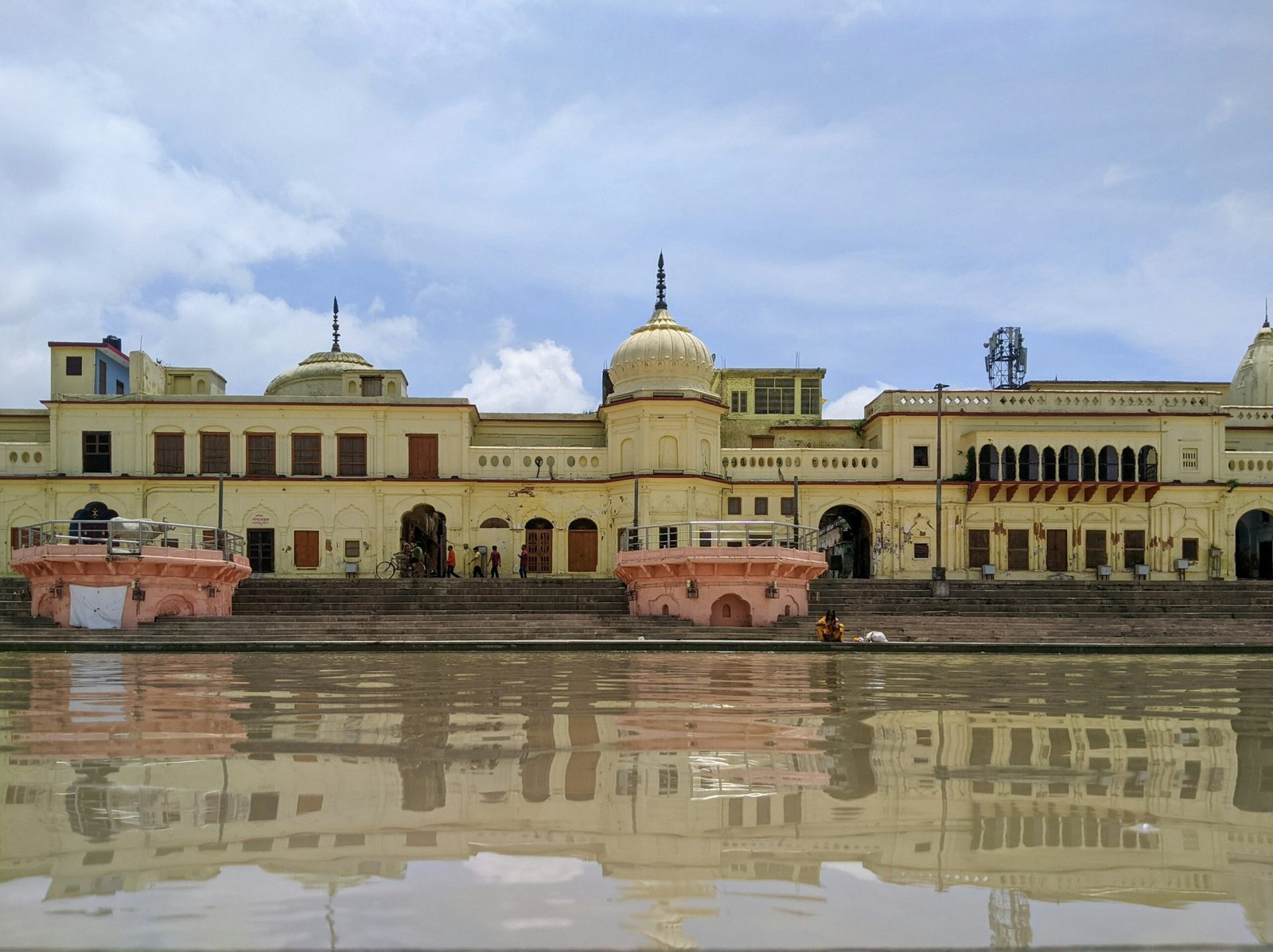Ayodhya Ram Mandir: A Journey Through History and Heritage
India is a land of diverse cultures and rich heritage. One such iconic symbol of India’s cultural heritage is the Ayodhya Ram Mandir. Situated in the holy city of Ayodhya, this temple holds immense historical and religious significance for millions of people.
The Legend of Lord Ram
The Ayodhya Ram Mandir is dedicated to Lord Ram, who is considered to be the seventh avatar of Lord Vishnu. According to the Hindu epic, Ramayana, Ayodhya is the birthplace of Lord Ram. The temple stands as a testament to the divine life and teachings of Lord Ram, symbolizing righteousness, devotion, and the victory of good over evil.
Ancient History
The history of the Ayodhya Ram Mandir dates back to ancient times. It is believed that the original temple was built by King Vikramaditya of the Gupta dynasty in the 4th century CE. Over the centuries, the temple underwent several renovations and expansions, reflecting the architectural styles of different eras.
One of the most significant events in the history of the temple occurred in the 16th century when the Mughal emperor Babur ordered the destruction of the original temple and the construction of a mosque, known as Babri Masjid, at the same site. This led to a long-standing dispute between Hindus and Muslims over the ownership of the land.
The Ayodhya Dispute
The Ayodhya dispute became a contentious issue in Indian politics and society. The dispute revolved around the claim of the Hindu community that the Babri Masjid was built on the ruins of the original Ram Mandir. After decades of legal battles and public protests, the Supreme Court of India finally resolved the issue in 2019, ruling in favor of the construction of a Ram Mandir at the disputed site.
The New Ayodhya Ram Mandir
The construction of the new Ayodhya Ram Mandir began in 2020, following the Supreme Court’s verdict. The temple is designed to be a grand architectural marvel, showcasing the best of Indian craftsmanship and artistry. The main sanctum will house the idol of Lord Ram, along with other deities associated with him.
The temple complex will also include various other structures, such as meditation halls, libraries, and exhibition galleries, to provide a holistic experience to the visitors. The entire complex will be spread over a vast area, allowing devotees to peacefully immerse themselves in the spiritual ambiance of the place.
Preserving Heritage and Promoting Unity
The Ayodhya Ram Mandir not only serves as a place of worship but also as a symbol of India’s cultural heritage and religious harmony. The construction of the temple is seen as a significant step towards healing the wounds of the past and fostering unity among different communities.
The temple complex will not only attract devotees from across the country but also tourists from around the world who are interested in exploring India’s rich history and spirituality. It will serve as a pilgrimage site and a cultural hotspot, promoting tourism and boosting the local economy.
Conclusion
The Ayodhya Ram Mandir is more than just a religious structure. It is a testament to the rich history and heritage of India, showcasing the country’s architectural brilliance and cultural diversity. As the temple takes shape, it brings hope and unity to millions of people, reminding them of the values of love, compassion, and righteousness that Lord Ram stood for.
Visiting the Ayodhya Ram Mandir will not only be a spiritual journey but also an opportunity to immerse oneself in the vibrant tapestry of India’s past and present, leaving a lasting impression on the hearts and minds of all who visit.




Leave a Reply